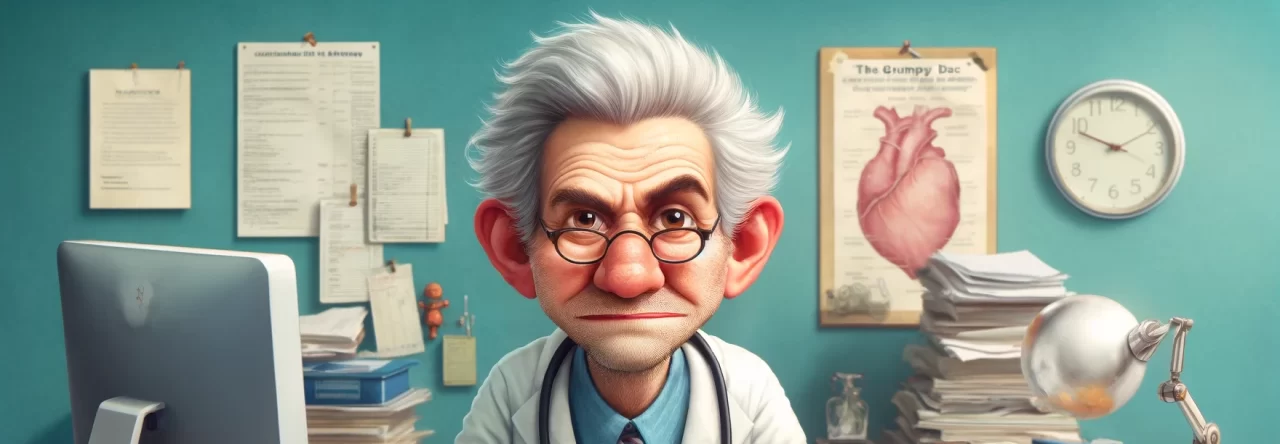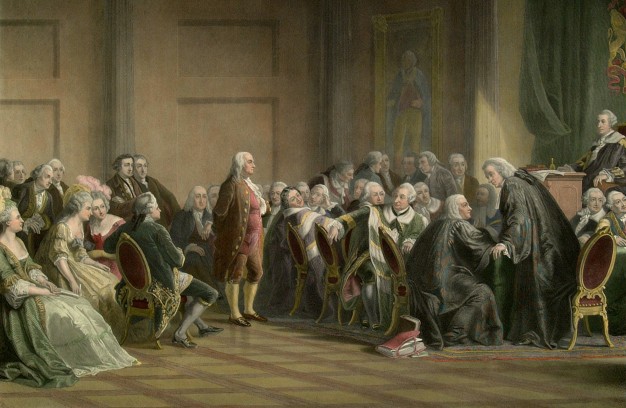
I have to admit that I came late in life to appreciating abstract art. Early on, I thought it was the type of art done by people who had no artistic ability. My general impression was that it was probably done better by a 12 year old.
I was in my late 50s before my wife, who was extremely interested in art, got me involved in an art appreciation group called The Collectors Club at the Clay Center in Charleston. At that time, I still wasn’t convinced that abstract art was really art. I was more inclined to art such as the great masters like Rembrandt and Caravaggio, or the French impressionists like Renoir and Monet or the post impressionists like Cezanne and Van Gogh. While I still think that Van Gogh was one of the world’s greatest artistic geniuses, I have learned to appreciate other styles as well.
For a long time, I thought abstract art could be done by anyone with a can of paint and a brush. I’m ashamed to say I was not shy about expressing my opinions about abstract art. While this included such recognized masters as Picasso and Miro from the early 20th century; my specific scorn was held for the mid-century artists known as abstract expressionists.
I will now admit that I was completely wrong about this. And for those of you who know me, you know how hard it is for someone as opinionated as I am to admit to being wrong. But my wife, as she most frequently is, was right about this. It just took me awhile to recognize it.
We began going to art exhibits and museums and saw a lot of mid-century art. Initially I was resistant to it. My thought was that if I can do it, then it certainly can’t be art. And I really thought that I could do it.
The specific target of my scorn was Jackson Pollock and his drip paintings. At the time, I didn’t realize that he was a formally trained artist who had even studied under the famed muralist Thomas Hart Benton. He was adept at sculpture and ceramics in addition to representational works in oil.
When I finally took the time to truly examine his drip paintings, I recognized that there was something there. I just couldn’t quite put my finger on what it was.
I thought, just to satisfy myself, I would give it a try. I bought some canvases and put them on the garage floor. Since many of the abstract expressionists worked with house paint, I bought several different colors of enamel house paint. I also bought a stylus similar to what Jackson Pollock used. I laid out my canvas and began to drip the paint.
I was really surprised, but his paintings had a coherence and a uniformity and a visual impact that I could not achieve. No matter how many times I tried I could not get my paintings to look like anything other than a drip cloth.
I spent a lot of time thinking about this. I decided this form of abstract art required a talent I didn’t understand. It was more than just paint poured on the canvas. It was paint poured on a canvas with a purpose. It created an effect that I could feel but couldn’t duplicate.
My initial thought was if I can do it, it is not art. Since I couldn’t, maybe it was art. The more I reviewed it, the more I realized that there was a plan, a vision, and a feeling that produced an overall sensory experience. This was not something that occurred by chance. It was something created by a person with an artistic vision I didn’t have.
I may not have convinced you, but I have convinced myself. This is art. Look at it with an unprejudiced view and you may come to recognize it as well. It is never too late to learn about something new, even if that something is 70 years old. Try it, you just might like. Call me; we can talk about it.



Coffee and Cars
By John Turley
On May 4, 2021
In Commentary
Can it get any better than this?
My daughter shared this with me after my last two posts. I initially thought this was some type of clever photoshop product. But, after some admittedly superficial research, it appears that this was a actual option offered by VW in Europe in 1959. I don’t know how many they actually sold, but I sure would have bought one.
Take that Tesla. You think you’re so high tech. Elon, with a self driving car it would be a lot easier to brew coffee.